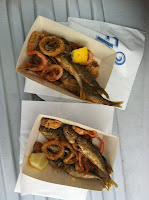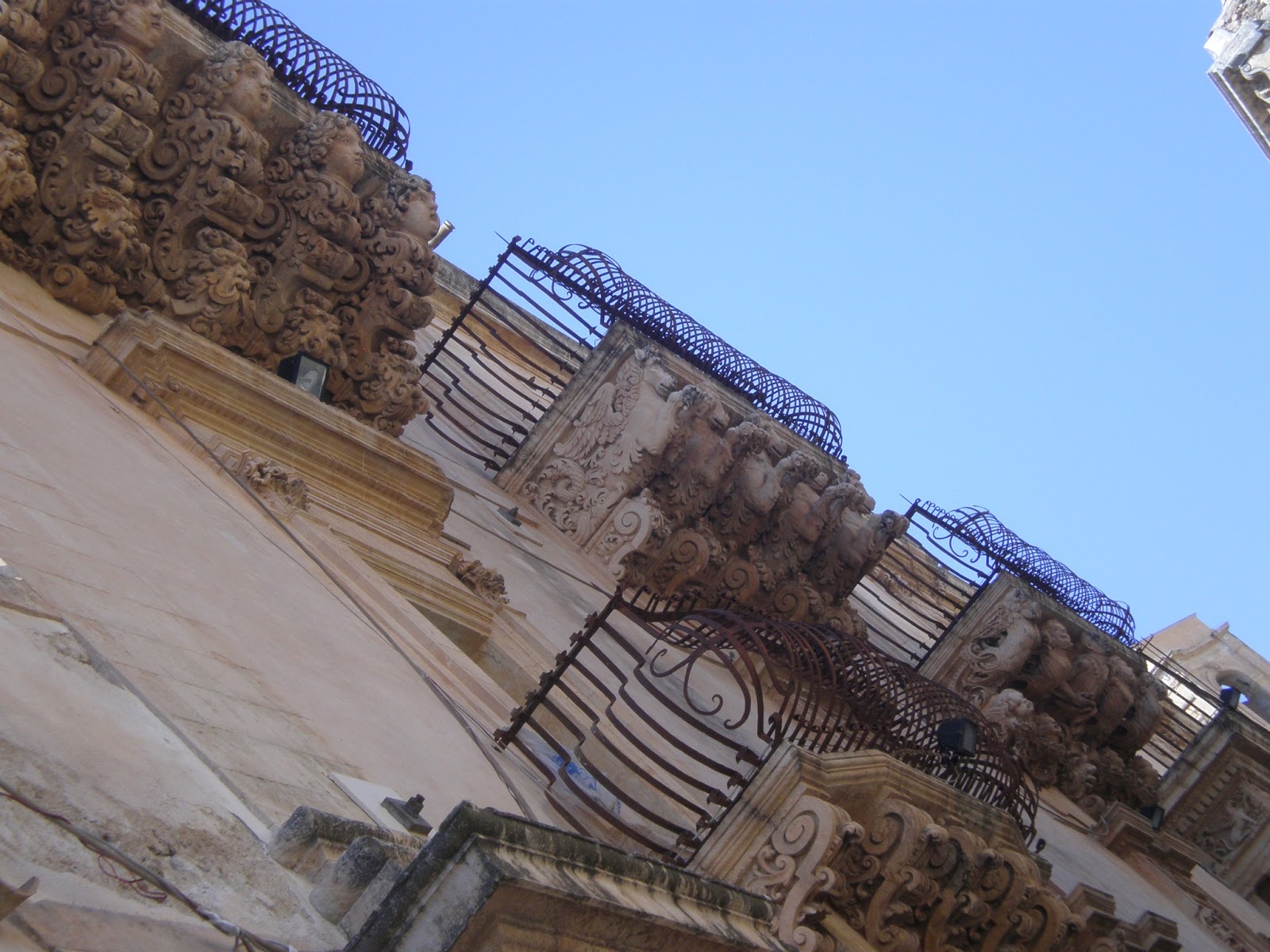"The Colossaeum or amphitheatre built by Flavius Vespasian, is the most stupendous work of the kind which antiquity can produce", "Travels through France and Italy" T. Smallet 1765
 Rome is an endless source of pleasures, wonderful views ... of whatever might impress your mind. It's beautiful even just to stroll out between streets, traffic, people and...the past that is still here and well preserved. Wherever you go, you can find something that will catch your attention. Rome, is full of Churches: I was walking downhill towards Via Cavour and my attention was caught by a wall completely green with an arched door, completly blue, the blue of the sky. I climbed up the stairs and found out, on a square the Church of San Pietro in Vincoli... but wherever you go you can find plenty of cathedrals, churches, and if you go in, you can find nothing but a big surprise.
Rome is an endless source of pleasures, wonderful views ... of whatever might impress your mind. It's beautiful even just to stroll out between streets, traffic, people and...the past that is still here and well preserved. Wherever you go, you can find something that will catch your attention. Rome, is full of Churches: I was walking downhill towards Via Cavour and my attention was caught by a wall completely green with an arched door, completly blue, the blue of the sky. I climbed up the stairs and found out, on a square the Church of San Pietro in Vincoli... but wherever you go you can find plenty of cathedrals, churches, and if you go in, you can find nothing but a big surprise.
I go on and reach Via dei Fori Imperiali: all this area, that was built on the Palatine, Quirinal and Capitoline Hills where the first settlements date back to the 2nd millennium B.C., is full of ruins of the ancient administrative-political centre of the town called Forum. To walk among all this ruins is something magical and to think how long they have been here and how they have been built and they have survived up to now. Have a look at the Forum of Caesar, Trajan and Nerva...the ancient market, the temple and also some examples of ancient domus (homes).
This area is surrounded by a lot of important monuments: first of all the Colosseum the Anphiteatrum Flavium, built in the 72 A.D. by the Emperor Vespasiano. This was the scenery for gladiators fightings and exhibitions and it has preserved its grandeur and its majesty. Nowadays it is still possible to visit it and its interior spaces and from the arches it offers beautiful gashes of Rome. It is a monument to itself and to the human intelligence that has survived the passing of time. I run through Via dei Fori again to reach Piazza Venezia where the Altare della Patria (Altar of the Fatherland) previously known as Vittoriano stands. This monument was built in honour of the King Vittorio Emanuele at the beginning of the XX century to celebrate the 50th Anniversary of the Italian Freedom. At the end of the I World War, inside, the tomb of the unkown soldier was built and so the complex is better know as Altare della Patria.
For lunch, I decide to go to Monti district that is not far away from here and is full of very good trattorias and wine bars where to taste some of the best Roman dishes...
I stopped at "Ai tre scalini" in Via Panisperna, 251 - http://colosseoorg.wix.com/aitrescalini/home and order something with cacio, that is a typical cheese of the region and a good glass of wine!
CARCIOFI ALLA ROMANA

Ingredients:
10 artichokes;
2 cloves of garlic;
oil (as much as you like);
some parsley;
some leaves of mint;
1 lemon.
Take away the outer and harder leaves of the artichokes, cut the stems and put them apart.
Put the hearts of the artichokes in cold water with slices of lemon for one hour and let them rest.
In the meantime, prepare a mix of garlic, oil, parsley and some leaves of mint and of the middle of the stems that you should have already peeled.
Then take the artichokes and start opening them from the outer so that you can pour some of the mix in them, between leaves.
Put them in a casserole upward, where you have put some water and oil, cover it with the cap and let them cook for an hour.






































